The shake was quite tasty again on the recent visit, and the staff remembered straws, thankfully, but again in the bag for takeout, no napkins. That, with the charging for small packets of ketchup, mustard and mayonnaise, it gave the impression of a restaurant cutting corners, or just not that adept at service. That was certainly my impression with the short-lived Mexico City taqueria concept, Comalito, with its slow, often inept service, very cheap utensils, small, thin napkins not up to the job and food that was uneven in execution and in fairly restrained portions. It seemed expensive for the total product, for a place I really wanted to like. I wasn’t that surprised to learn that it had closed quickly.
Now down to Underbelly Burger, Wild Oats and Georgia James, Underbelly Hospitality is a shadow of its former self. Chris Shepherd left two years ago, in July 2022, and the restaurants that remain are far less interesting and a diner is far less assured of an excellent meal, something once taken for granted. My last meal at Georgia James featured a surprising amount of gristle in the steak and a martini bizarrely served in a tulip-shaped glass. Once my favorite local steakhouse, it is now beyond consideration. The modern, overly masculine décor of its current location appalled my oft-charming dining companion, and not that she’s ever been accused of being too dainty. The soulless plaza where the restaurant sits off W. Dallas and Dunlavy probably contributes to the mood. It did not help another briefly lasting effort, Pastore, which served an American-Italian cuisine. That restaurant suffered greatly in comparison to Ostia just down Dunlavy serving similar fare, but exhibiting a much greater understanding of and interpretation of the cuisine while executing far better.
It is good to remember what Underbelly was and became. Juxtaposing many of the city’s ethnic cooking traditions with an emphasis on those from Asia onto a menu and often on a single plate and usually succeeding in dramatic fashion brought chef Chris Shepherd deserved national acclaim. And that spotlight has helped shine more light on other local restaurants and chefs. Underbelly, boisterous and confident, interesting and extremely competent, also helped show that a meal built around small plates can work well. It led to other restaurants, most notably the ones in the One Fifth series, somehow excellent in each of several concepts and cuisines ranging from a steakhouse, a mash-up of French, Spanish and Italian dishes, Levantine and Persian, Gulf Coast seafood, and finally a chef-y Italian-American. Underbelly lead to a broadly similar, still outstanding UB Preserv and Georgia James from a One Fifth start, becoming a top local steakhouse stalwart.
Chris Shepherd was not the only top chef to leave. Others in recent years include, notably, Nick Wong at UB Preserv and Tim Reading at Georgia James Tavern, who had also been the executive chef at Caracol. Both of whom thankfully have remained in Houston and will be opening new places soon. Others like Ryan Lachaine at Riel and Patrick Feges at Feges BBQ left years ago. The kitchen talent at the restaurants in Underbelly Hospitality seems much less than it once was. This helps explain some of drop off in quality and probably some of the turn to much safer directions.
Underbelly, etc., gone but not forgotten.
One of the wonderful compositions at Underbelly back in the day
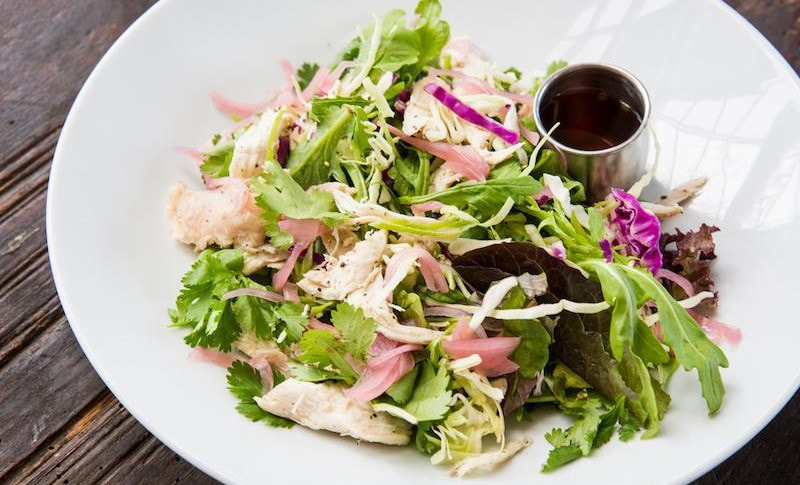








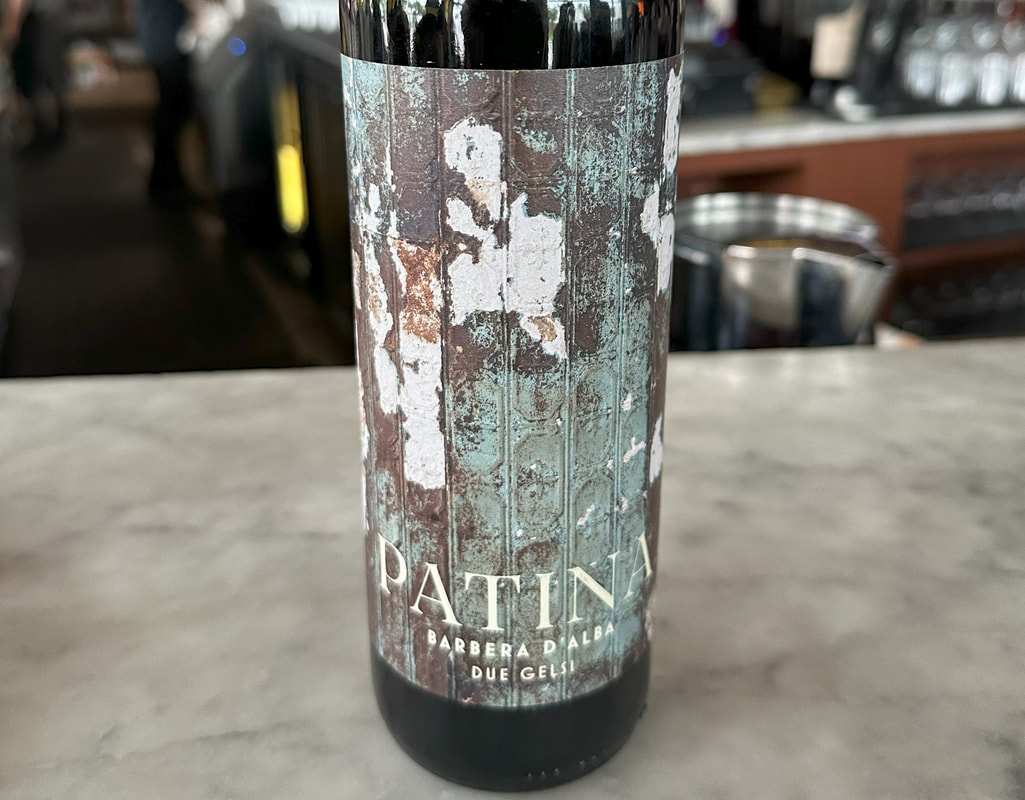
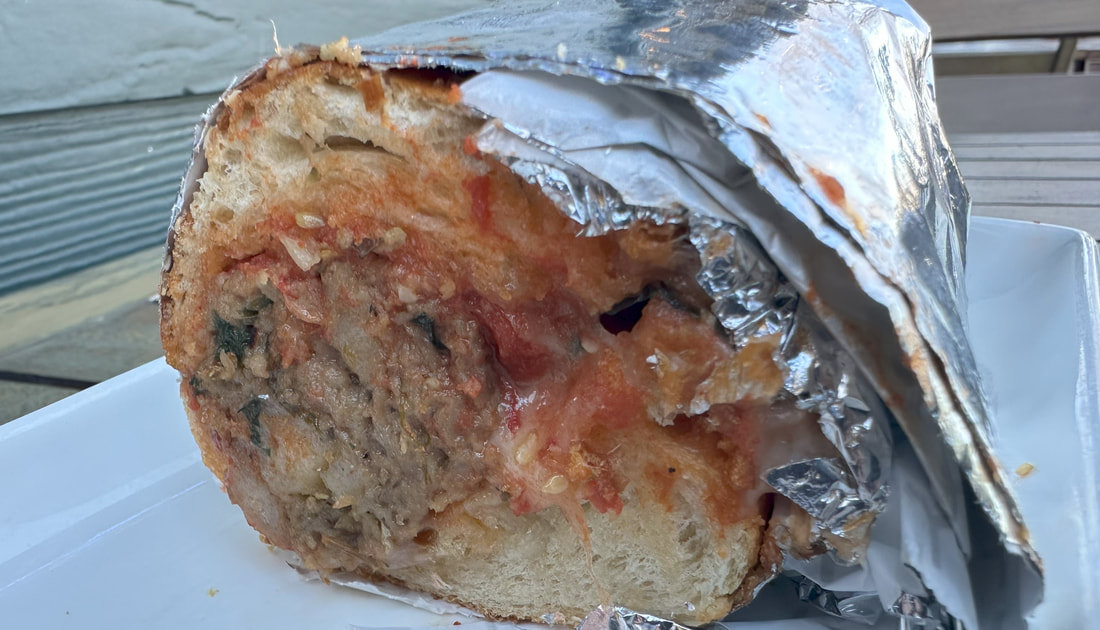
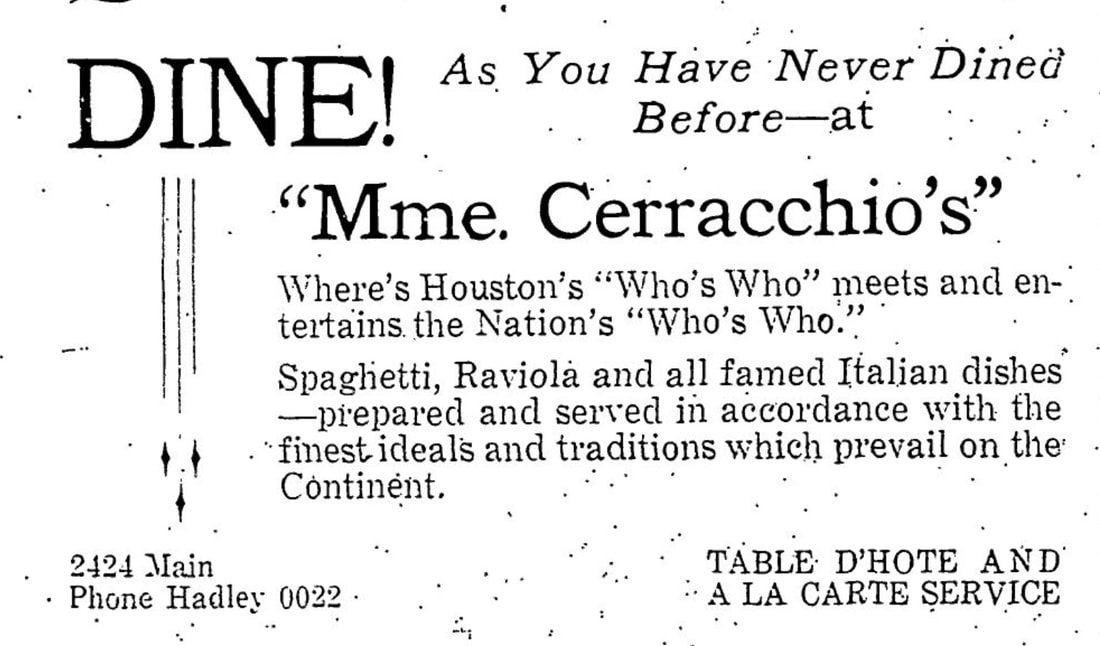

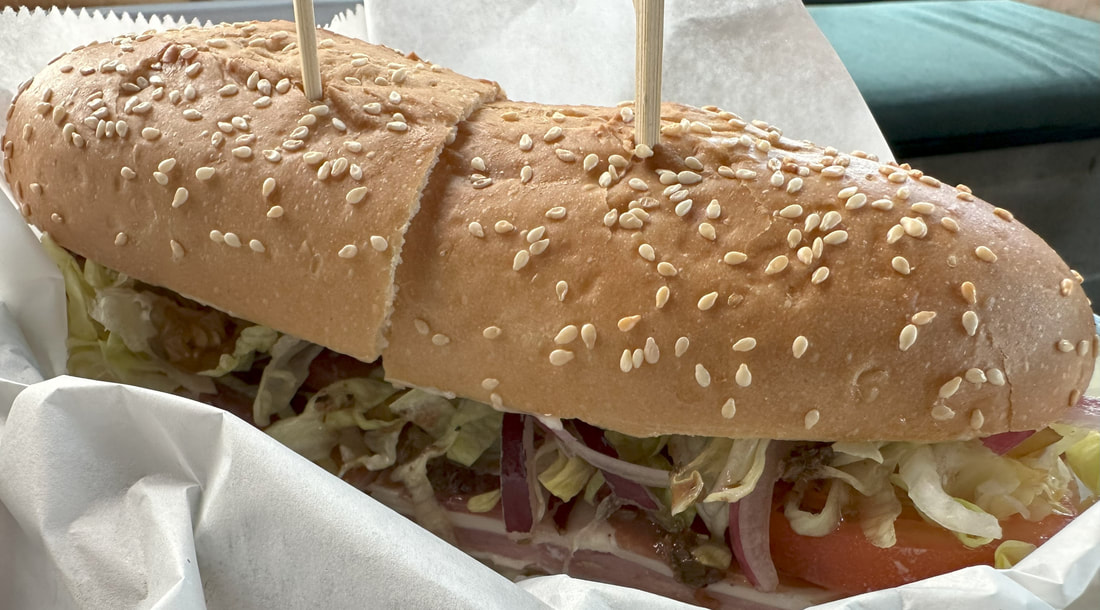
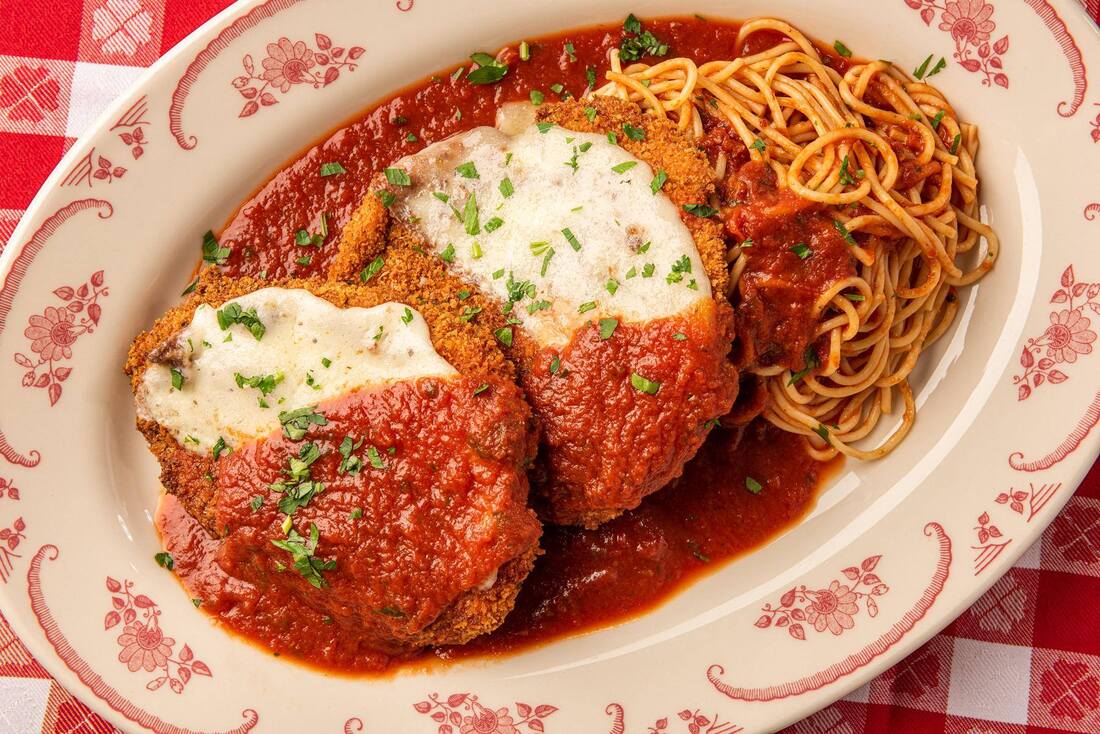
 RSS Feed
RSS Feed

